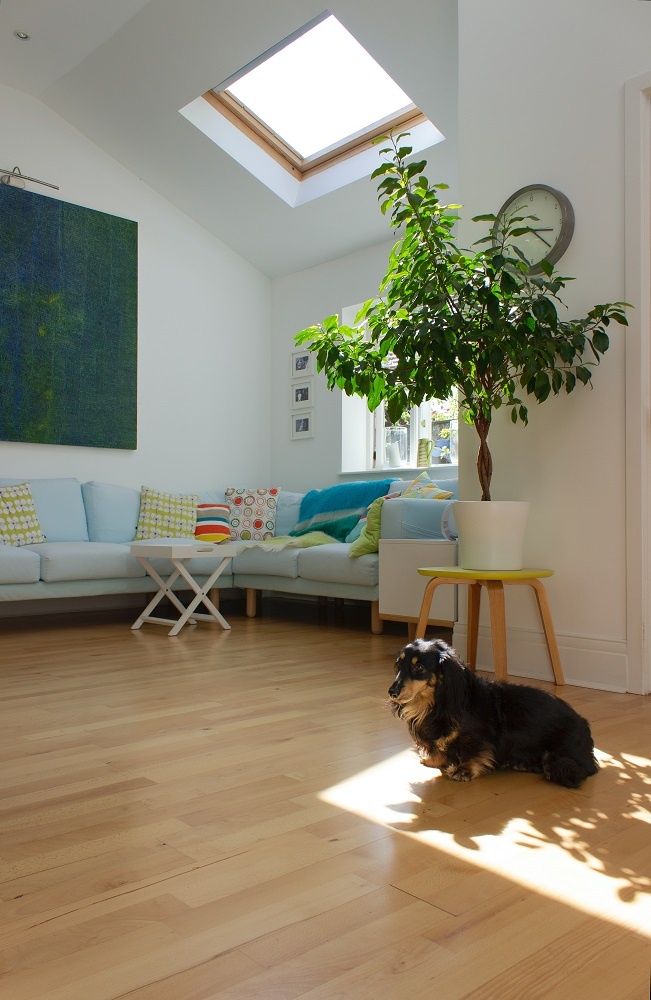
Commercial skylights offer several benefits for businesses searching for ways to brighten up the workplace. Welcoming in more natural light enhances the mood of employees, which leads to higher productivity because of improved morale. Natural light also produces more heat that comes in handy for businesses operating in colder climates. Instead of turning up the thermostat and thus, increasing the monthly energy bill, commercial skylights act as a natural thermostat to maintain a comfortable work environment. Less energy consumed makes commercial skylights an eco-friendly addition to any office space.
Because of the many benefits, the decision to install commercial skylights did not take much time to make. Instead, the difficult question to answer is what type of commercial skylights work best for your business
Dome vs. Flat: Which Skylight Delivers More Benefits?
Although adding flat commercial skylights delivers several benefits, you can do better by installing dome skylights.
More Light Enters a Space
The primary reason for installing commercial skylights is to increase the amount of sunlight that enters an office space. With their curved surfaces, dome skylights allow more natural light into a room when compared to flat skylights. The curved design used for dome skylights bends sunlight enough to spread out the natural light for more coverage. An increase in natural light translates into enhanced employee morale.
Resists Weather-Related Damage
One distinct disadvantage of flat skylights is that they tend to collect substantial amounts of rain and snow. Accumulation of precipitation can cause lingering performance issues if you do not immediately remove the rain and snow. Once again, the curved design of dome skylights is an advantage because it forces rain and snow to slide off the surface. The ability for moisture to slide off a dome skylight ensures the light presents clarity when it lets sunlight into an office space.
More Energy Efficient
In an era of spiraling upward costs, energy efficiency remains an important consideration when selecting the right type of skylight for your business. This is especially true for restaurants that operate on razor-thin budgets. Since manufacturers use acrylic to manufacture most types of dome skylights, the incredibly durable, yet lightweight material does a great job of trapping heat. You can improve the energy efficiency of your business even more by following a helpful tip.
Why Are Double Dome Skylights Superior to Single Dome Skylights?
The more, the merrier is an appropriate euphemism when discussing the comparison between single and double dome commercial skylights. Adding a layer of long-lasting acrylic to a dome skylight boosts the energy efficiency of your business. Double dome commercial skylights trap more heat to produce a much more comfortable office environment. The additional insulation also keeps in more cool air when the Bay Area goes through a heat wave. Adding a second dome layer does a better job of preventing condensation, as well as acts as a sound barrier to prevent outside noises from distracting your team of high achievers.
The Bottom Line
You can extend the lifespan of your double-dome commercial skylights by following a few time-tested tips. First, invest in a quality material such as acrylic that withstands the worst weather and the strongest impacts. Second, follow the maintenance schedule printed on the package to ensure optimal long-term performance. Third, contact a team of professional skylight installers to install the set of double-dome commercial skylights that can improve the bottom line of your business.
Mares & Dow
Contact your local skylight contractors at Mares & Dow Construction and Skylights today to transform your home. We have over 40 years of installation and consulting experience.

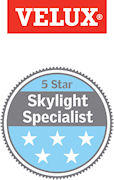
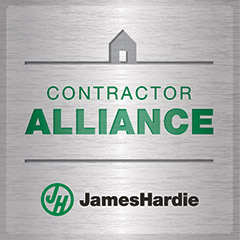
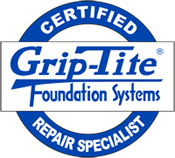
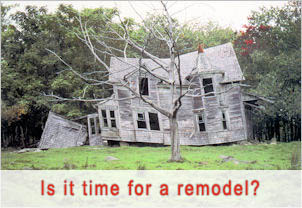
 based on
based on 

